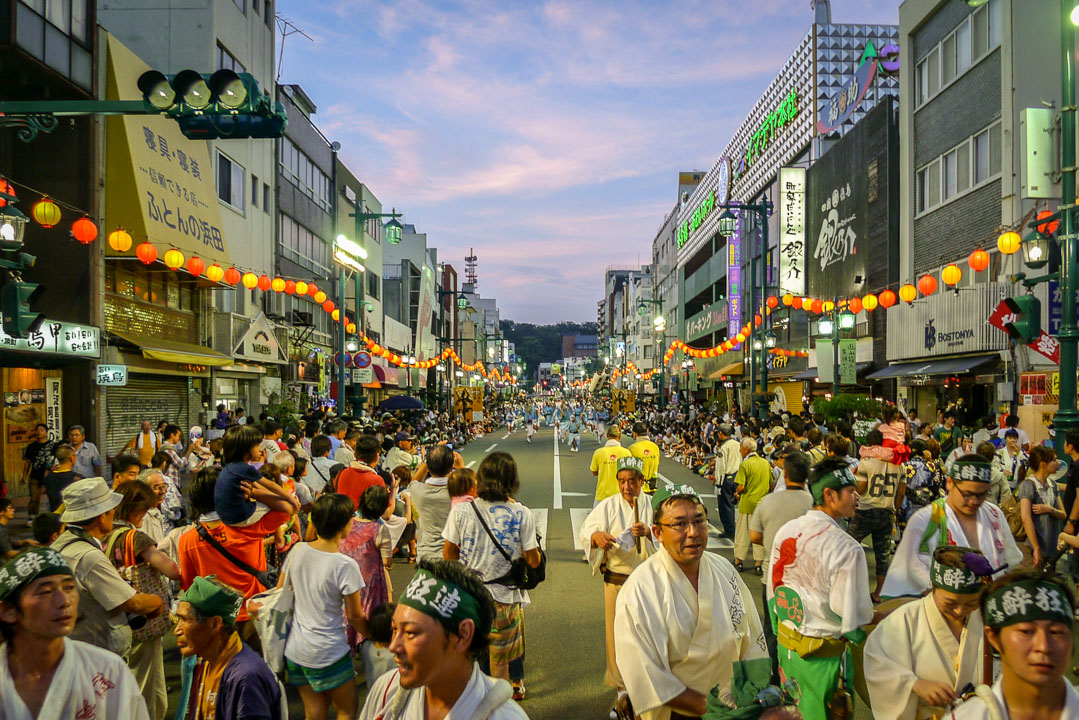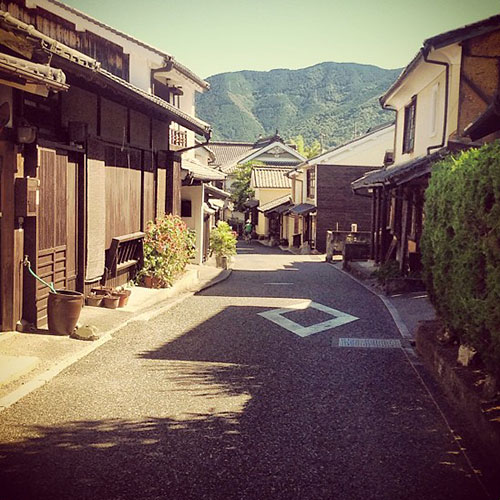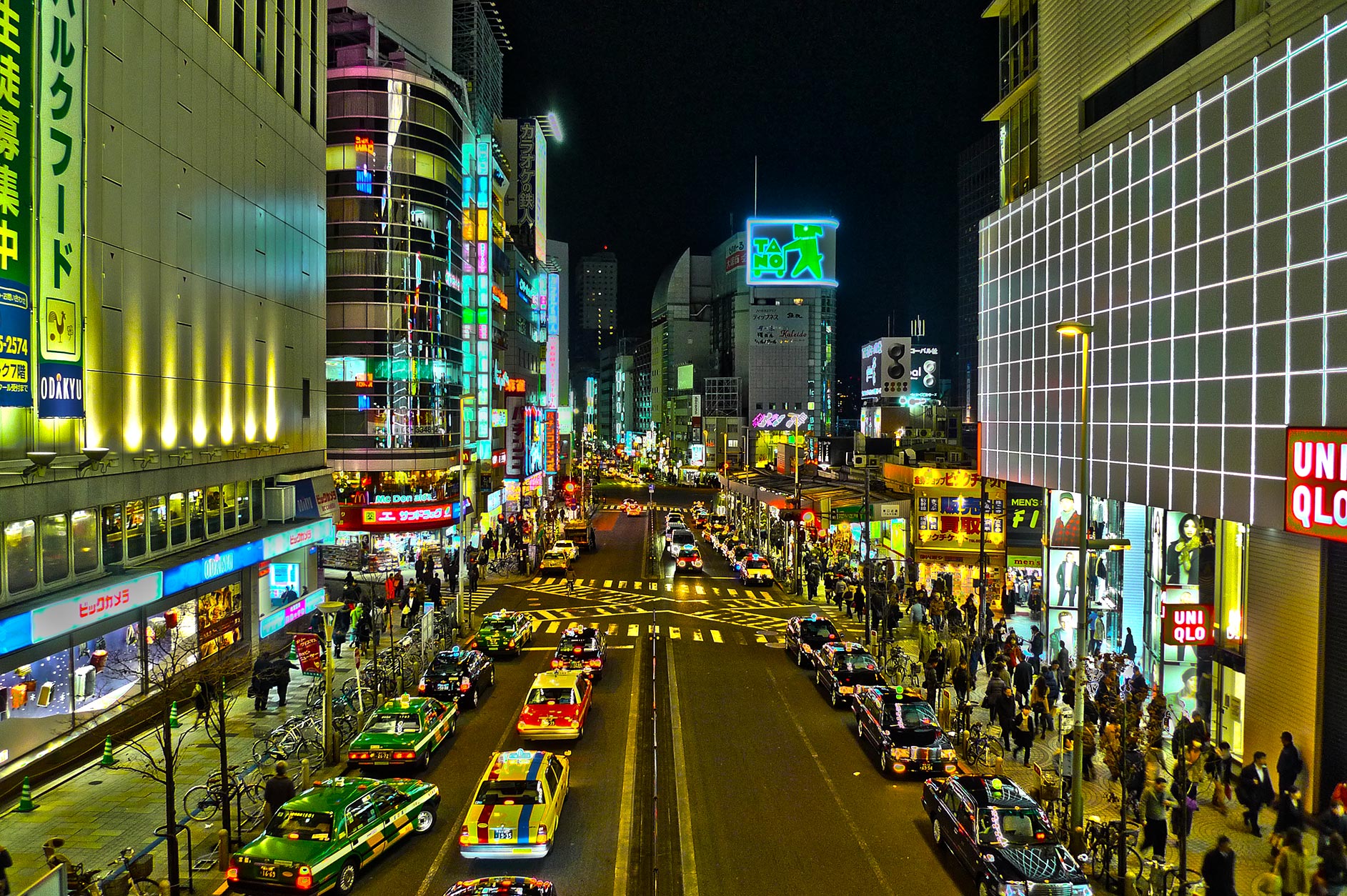Kagawa Prefecture: Smiles of Shikoku Week 4 of 4
Share

Kagawa Prefecture「香川県」is in the north-east corner of Shikoku. Kagawa is across the Seto Inland Sea from Okayama, joined by the huge Seto-Ohashi Bridge. The bridge gives easy access to the prefecture by car, bus and train.
Ritsurin Garden 「栗林公園 / Ritsurin Koen」
In this article:
The week long visit to this prefecture marks the end of a 4 week journey around Shikoku by the travel writing and photographing duo Jamie Lafferty and Katy Morrison.
Famous for its sanuki udon (it’s very common to see huge lines at udon restaurants), national parks, shrines, temples as well as Marugame Castle - one of only 12 in Japan to have an original keep (tenshu) - this prefecture, the smallest prefecture by area in all of Japan, is packed full of things to do and see for the traveler to Japan!
During a hot and humid Japanese summer, Jamie and Katy left Ehime Prefecture and traveled by train to Kotohira to stay in a very unique type of accommodation - lodging at Zentsu-ji Temple.
So keep scrolling, and enjoy the 20+ photos from a week in Kagawa Prefecture…
Riding the bullet train in Japan is a tourist attraction in itself. Watch the landscape zoom by at 250+km/h!
“Inaka” (Japanese for countryside) on the train to Kagawa
Sanuki Udon is a local specialty of Kagawa and is very popular. The noodles are made in this prefecture and are named after the prefecture’s former name, Sanuki Province (this info has been sourced from japan-guide.com’s Sanuki Udon page).
Sanuki Udon 「讃岐うどん」
Kotohira 「琴平町 / Kotohira-cho」
In Kotohira is the Shinto shrine Kotohira-gu located on Mount Zozu. The shrine has a huge staircase, with over 1000 steps to the innermost shrine. Tourists can enjoy shops and restaurants at the base of the staircase, you may even find the famous sanuki udon!
“Hon-gu”, the main shrine at Kotohira-gu 「金刀比羅宮」 Shrine, A.K.A Konpira-san 「こんぴらさん」
The Kotohira-gu Shrine is also known as Konpira-san. The statue of Konpira-inu “The dog of Konpira” tells a story not uncommon to shrines in Japan.
Some people from Edo, who could not afford to visit so far as Shikoku, put some money around their dog’s neck and sent it off with friendly pilgrims to make the pilgrimage (Konpira mairi こんぴら参り) on their behalf. The dogs would follow some other pilgrims and came back with a little amulet from Konpira to show they had made it.
Info source: Konpira Daigongen
Konpira-inu 「こんぴら狗」
Another temple at Konpira-san
Koma-inu 「狛犬 / lion-dog statue」
The Konpira Grand Theatre is a traditional style kabuki theatre, the oldest kabuki-za in Japan and is an Important Cultural Property of Japan. Although plays only occur during April each year, tourists can visit the theatre for a few hundred yen all year round.

Konpira Grand Theatre 「金毘羅大芝居」 / Konpira Oshibai」 A.K.A Kanamaru-za 「金丸座」
Zentsu-ji 「善通寺」 Temple
This temple is known as the birthplace of Shingon Buddhism’s (a sect of Japanese Buddhism) founder Kukai「空海」who was born here in the year 774.
Zentsu-ji offers a unique type of accommodation called shukubou「宿坊」, lodging at quarters inside the temple grounds.
Accommodation at Zentsu-ji 「善通寺」 Temple
Zentsu-ji 「善通寺」 Temple
Marugame City 「丸亀市」
In Marugame, the traveling duo learnt how to make Japanese fans, called uchiwa. Uchiwa are round fans traditionally made of bamboo. In recent times, plastic fans are given out for free (complete with advertising) at festivals and events around Japan.
Marugame City currently produces 90% of all traditional style uchiwa fans in Japan, and the fans have been designated as a National Traditional Art and Craft of Japan.
Japanese fan 「団扇 / uchiwa」
Making Japanese fans
The Genichiro-Inokuma Museum of Contemporary Art in Marugame is an interesting place to visit, with over 20,000 works by Genichiro Inokuma. The museum was opened in 1991 and plays an important role in art and culture in the area.
The museum is located adjacent to Marugame Station, with an outdoor mural/installation at the front of the station.
Inside the Marugame Genichiro-Inokuma Museum of Contemporary Art 「丸亀市猪熊弦一郎現代美術館」
Bonsai 「盆栽」
Definitely a very uniquely Japanese craft, whilst in Kagawa Jamie and Katy visited a master bonsai fancier to check out his work.
This particular bonsai is called a matsu bonsai, which is made from a pine tree. There were many matsu bonsai on display, most of them very expensive…
A master bonsai fancier at work
Bonsai 「盆栽」
Lots of very expensive bonsai
Shodo Island「小豆島 / Shodo-shima」and Teshima「豊島」
These two islands are located north of Takamatsu City in the Seto Inland Sea. The islands are accessed by ferries, both from Shikoku and the mainland.
On Shodo Island the annual Setouchi Triennale Art Festival presented many interesting outdoor art installations.
2013 Setouchi Triennale (Art Festival) pieces
Inside one of the Setouchi Triennale pieces
Angel Road is a stretch of sand that is revealed by low tide, connecting Shodo Island to a smaller Yoshima Island.
This is perhaps Shodo Island’s main tourist attraction. It’s said that couples who talk the stretch of sand hand-in-hand will be blessed with a lifelong happy relationship.
Angel Road at Shodo-shima
The Teshima Art Museum, on Teshima Island which is a small island to the west of Shodo Island, is actually one large art piece itself.
The installation is a large architectural piece, made of concrete embedded into a hilly area of the mountain. Inside the installation/museum is a very unique looking cafe…
Cafe at the Teshima Art Museum 「豊島美術館 / Teshima Bijitsukan」
Takamatsu City 「高松市」
Takamatsu City is Kagawa Prefecture’s capital city and has a rich history as perhaps Shikoku’s most important city.
As Jamie and Katy are traveling Shikoku as part of the Smiles of Shikoku project, an initiative of Tourism Shikoku, the pair were invited to meet with the Takamatsu mayor and other local government officials.
Mayor of Takamatsu 「高松市 / Takamatsu-shi」
If you thought noodles were always served hot… think again! One of my personal favourites is green soba noodles on ice, the perfect summer dish! Jamie and Katy tried somen noodle on ice, which is typically served cold and is made from wheat flour. Udon noodles are also made from wheat flour, but are much thicker than somen.
Somen 「素麺」
Ritsurin Garden 「栗林公園 / Ritsurin Koen」
Along with Takamatsu Castle, Ritsurin Garden is the big tourist attraction for Takamatsu City.
With Mount Shiun as its backdrop, this marvelous garden has been designated as a National Special Place of Scenic Beauty since the 1950’s, in the same category as the famous Korakuen Garden in Okayama City. It is the largest Scenic Beauty garden in Japan, with 6 ponds, 13 hills, small bridges, pine trees, sakura and more.
More information about the garden is available at Kagawa Prefecture’s Ritsurin Garden website.
Small “lake” at the gardens
A very famous view of Ritsurin Garden
How to get to Kagawa Prefecture
Arriving at Takamatsu City, there are multiple options for transportation to Kagawa Prefecture:
- By train: From Okayama Station, take the JR Marine Liner on track 6 to Takamatsu (Kagawa). This is a Japan Rail service, meaning you can use a JR Pass for this trip. This is a direct trip and takes 53 minutes. Tip: When searching for train stations, be sure to look for Takamatsu (Kagawa) otherwise you could end up at Takamatsu station in Tokyo or Ishikawa.
- By bus: Buses from Tokyo, Yokohama and Nagoya run overnight to Takamatsu. Buses also run from Osaka, Kyoto and Kansai International Airport, as well as multiple other services from within Shikoku.
- By ferry: Multiple ferries are available, with many services daily.
For full details on transportation options to Takamatsu, see Takamatsu City’s access page.
When to visit Kagawa Prefecture
From August 12 - 15 every year during Japan’s summer, the Sanuki Takamatsu Festival is held. See fireworks on day 2 and a huge dancing parade, with over 4000 dancers, on the final day of the festival.
Find more festivals and events at Takamatsu City’s official events page.
All images are property of The Real Japan and have been published with their permission.




